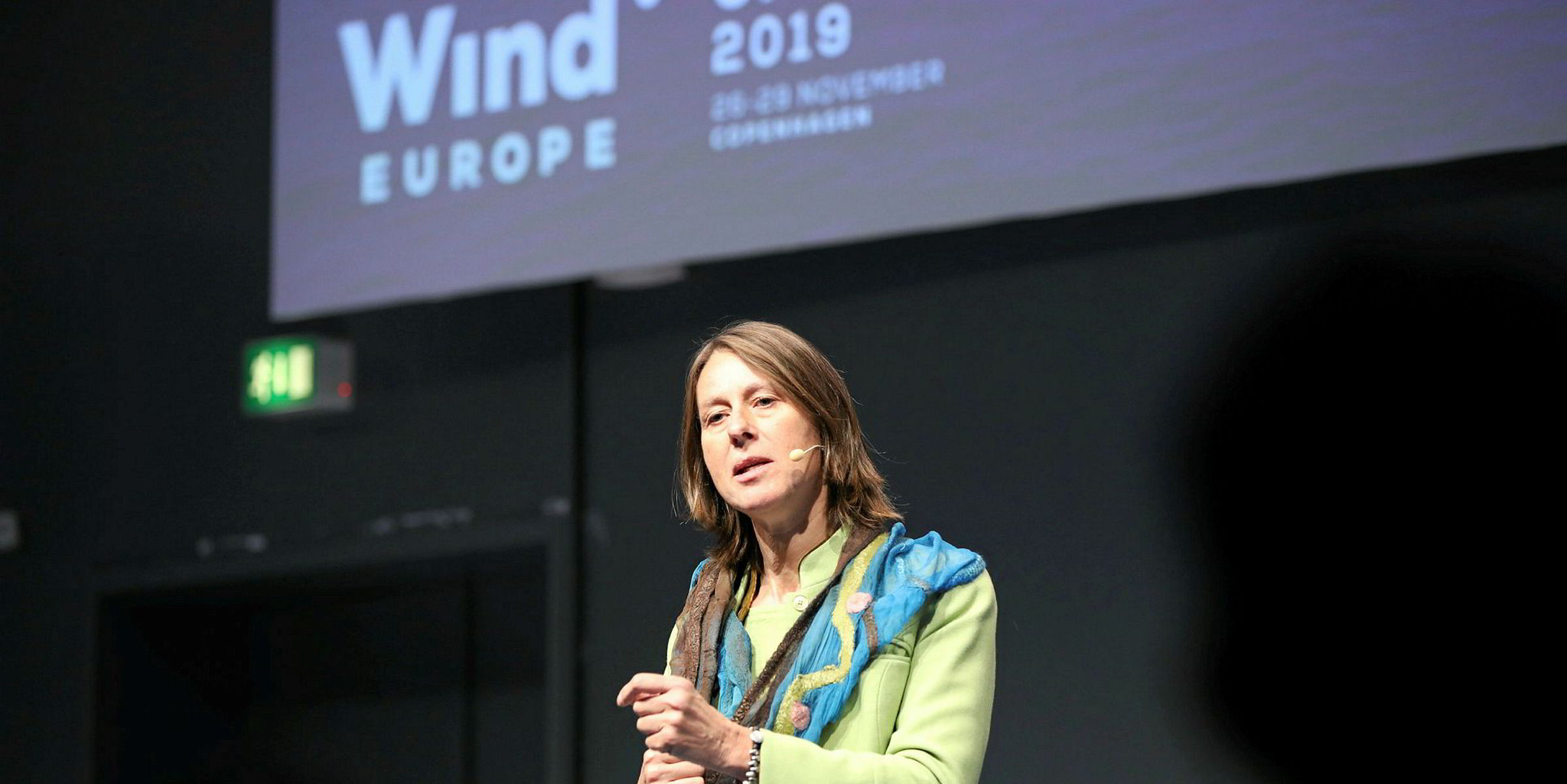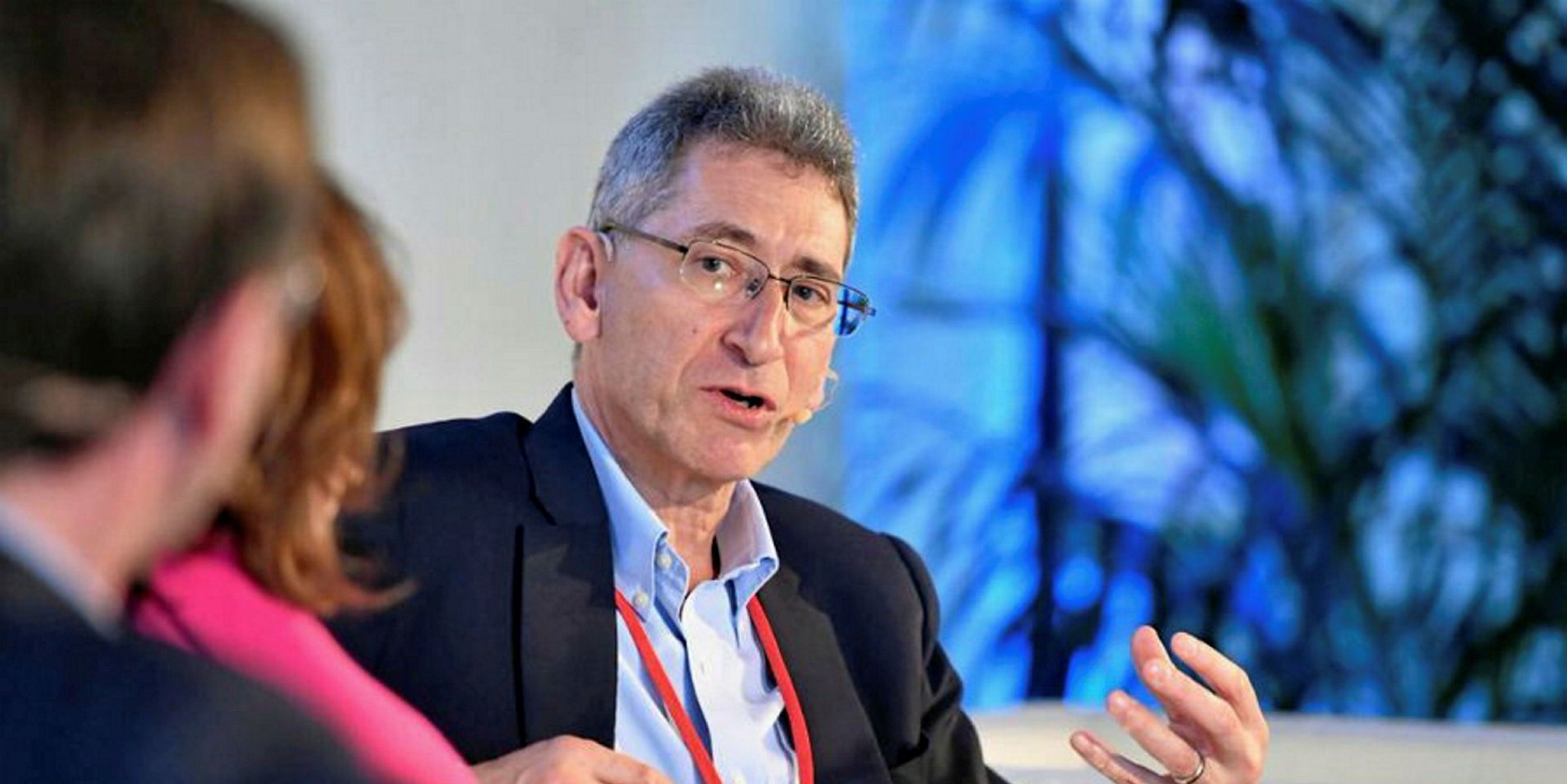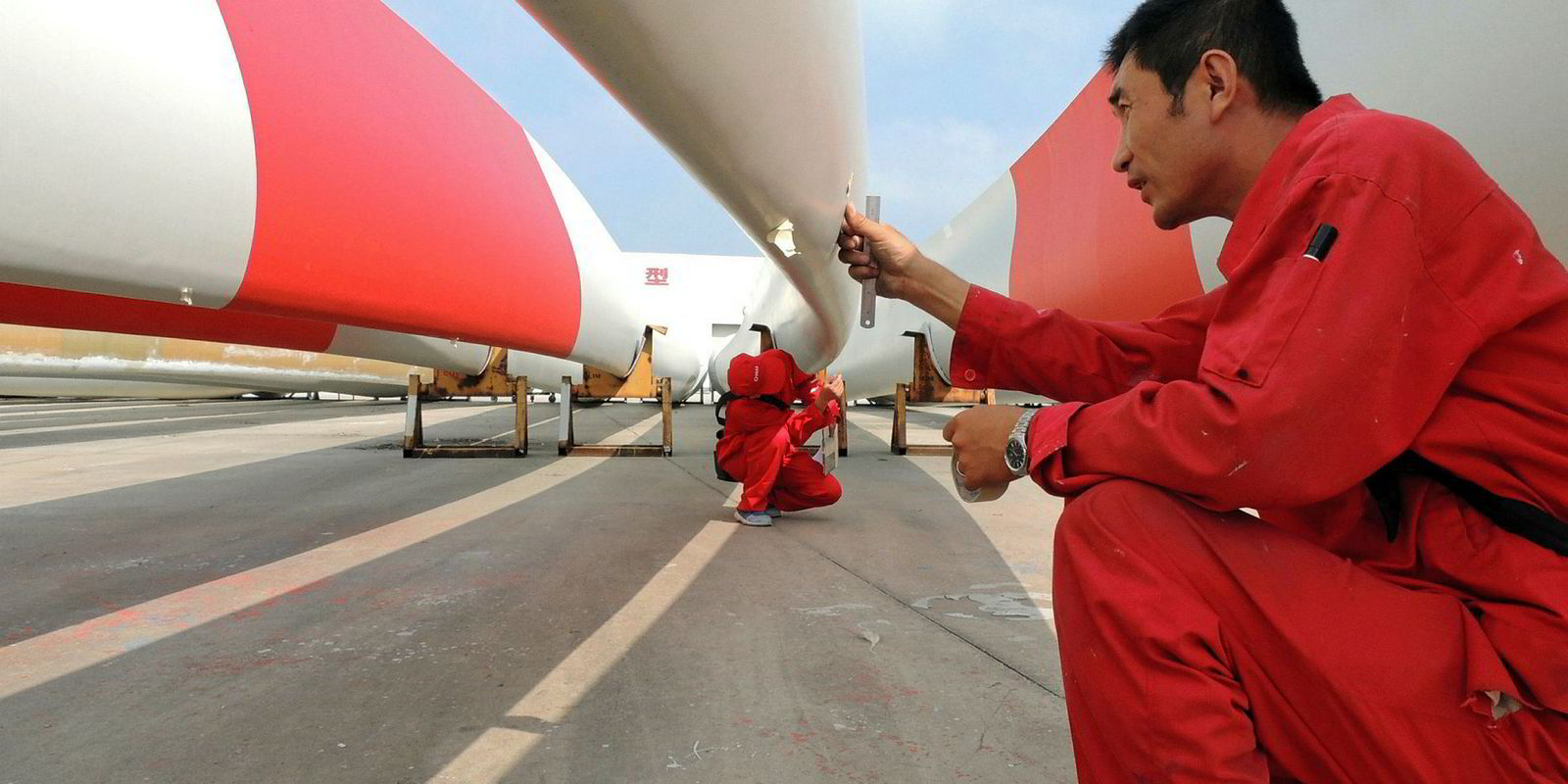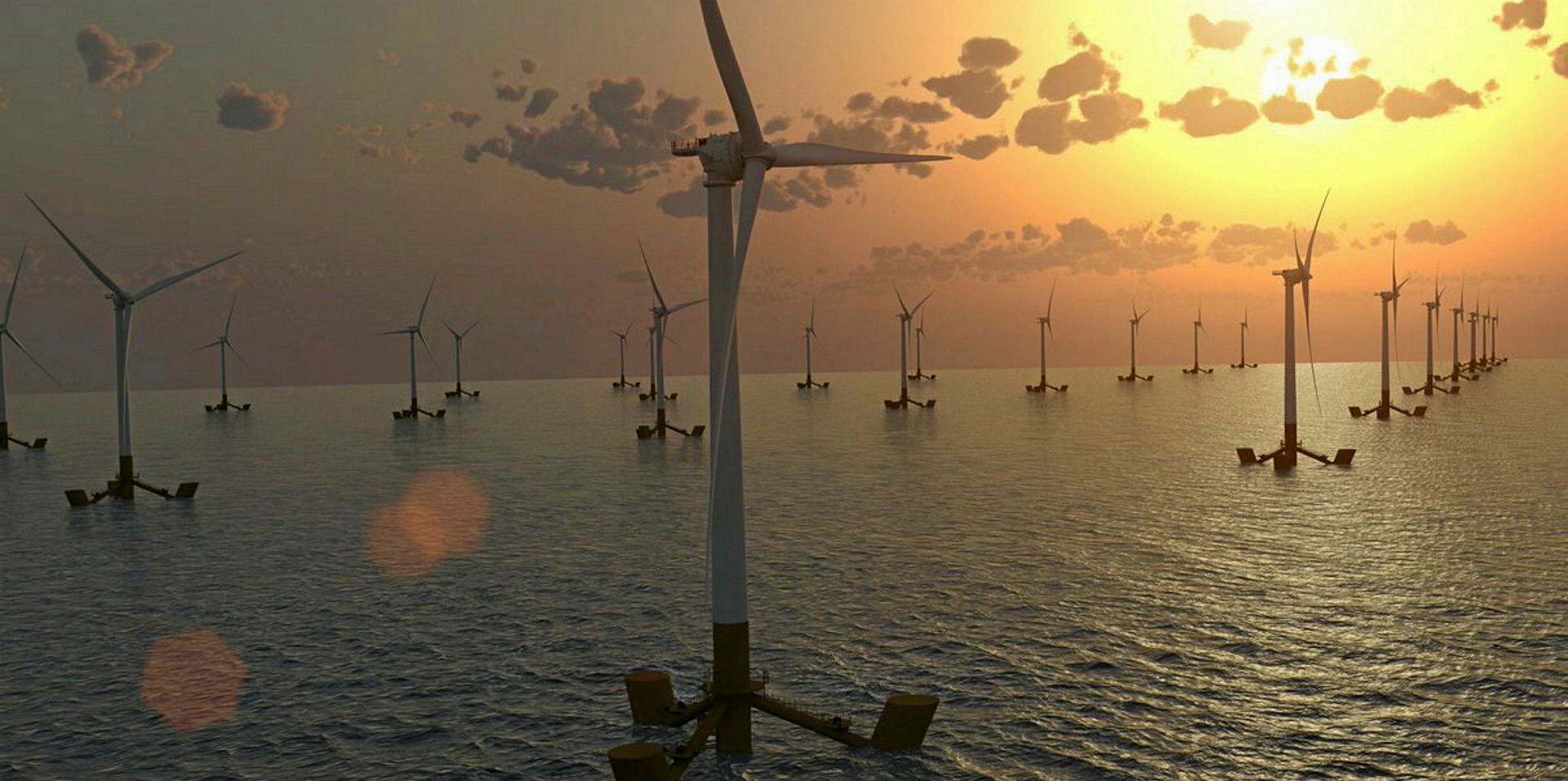Offshore wind is lagging well behind the oil & gas industry over safety, with “only luck” preventing a fatality in the sector last year, warned a senior executive from Shell.
Dorine Bosman, Shell's vice president for offshore wind, said the fast-growing sector quickly needs to follow the lead of oil & gas, which “learned lessons the hard way through tragedies such as Piper Alpha”, the devastating oil rig fire that killed 167 in the UK North Sea in 1988.
Bosman told the WindEurope Offshore industry conference in Copenhagen that offshore wind experienced 256 high-potential incidents – with the possibility of death or life-changing injury – in 2018. “Only luck stood between something worse happening,” she said.
Wind at sea’s rate of total recordable incidents was 4.55 per million hours worked, compared to 0.9 per million in oil & gas, she added.
And Bosman warned that the sector’s steep growth trajectory, and the millions of hours of extra work it will involve, makes the issue even more urgent.
“If you make these numbers work in your head are you still convinced you’ll have zero fatalities? Would you recommend this industry to a friend?”
The figures quoted by Bosman come from 2018 safety data produced by G+ Global Offshore Wind, a sector safety organisation backed by major players such as Orsted, Vattenfall and ScottishPower.
Would you recommend this industry to a friend?
The data showed the 256 high-potential incidents represented a 13% drop on 2017’s level, with no fatalities in either year. When the statistics were released in June, G+ chairman Paul Cowling said other key safety metrics also saw “a remarkable improvement in 2018”.
The G+ figures cover European offshore wind markets plus the US and Taiwan, but not China. A spokesperson for the group told Recharge: “The best possible health and safety performance needs to be pursued in all parts of energy. It’s hard to compare data for oil & gas with that for offshore wind. Offshore wind is of course a newer technology than oil & gas, but we are focused on applying the same robust approach.
“Transparency around the health and safety in offshore wind is important, which is why we publish annual incident data. Our most recent report showed a decrease in the total number of incidents last year, against a backdrop of growing activity in the sector, but there is of course never any room for complacency.”
Jakob Lau Holst, chief executive of wind OEM-backed safety training specialist GWO, said it was “remarkable and encouraging” that a senior executive used a major offshore wind speech to highlight safety.
“We’re not doing badly but we could do much better,” he said, pointing out that as a younger industry, offshore wind had joined the safety curve later.
“Training is part of creating a safety awareness in the industry. I appreciate Dorine Bosman's desire to do more, and that’s a sentiment that’s shared across the industry.
“The principle is that we can do better. We are behind oil and gas in safety, but we are approaching oil and gas in safety.”
Mike Rice, commercial director at Dropsafe, a specialist in safety in industries spanning energy, marine, mining and other sectors, said: “There is still a visible gap between offshore wind and oil & gas in its approach to tackling core safety risks.”
However, Rice added that demand for proven health and safety equipment, and best practices from oil & gas, is growing, “indicating a desire not only to tackle safety and associated financial risks, but also to address the threat to reputation that may be posed by a serious incident.
“Indeed, we have seen markets like Taiwan taking a particularly robust approach to adoption of health and safety solutions as they look to start on a strong footing.”
Bosman appeared at WindEurope Offshore as Shell deepens its footprint in the sector, with a fixed-foundation development portfolio in Europe and the US, and a growing interest in floating wind, where it recently bought French technology pioneer Eolfi.




